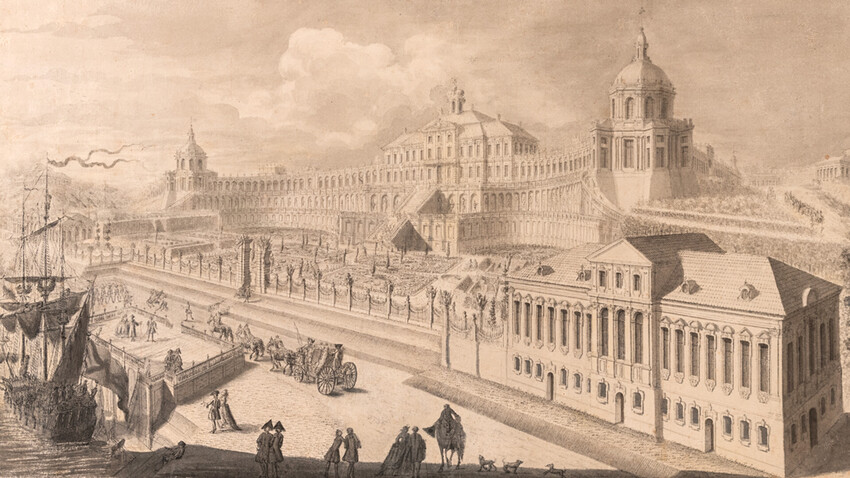
Mikhail Makhayev. The Grand Palace in Oranienbaum. The second half of 1750s.
The State Russian MuseumFounded in 1703 by Peter the Great, St. Petersburg has always been one of the most important cities in Russia and, for some time, its political capital and currently bears the unofficial title of its ‘cultural capital’. Thanks to the works of Russian draftsman and engraver Mikhail Makhayev (1718-1770), we have a chance to see how it looked centuries ago.
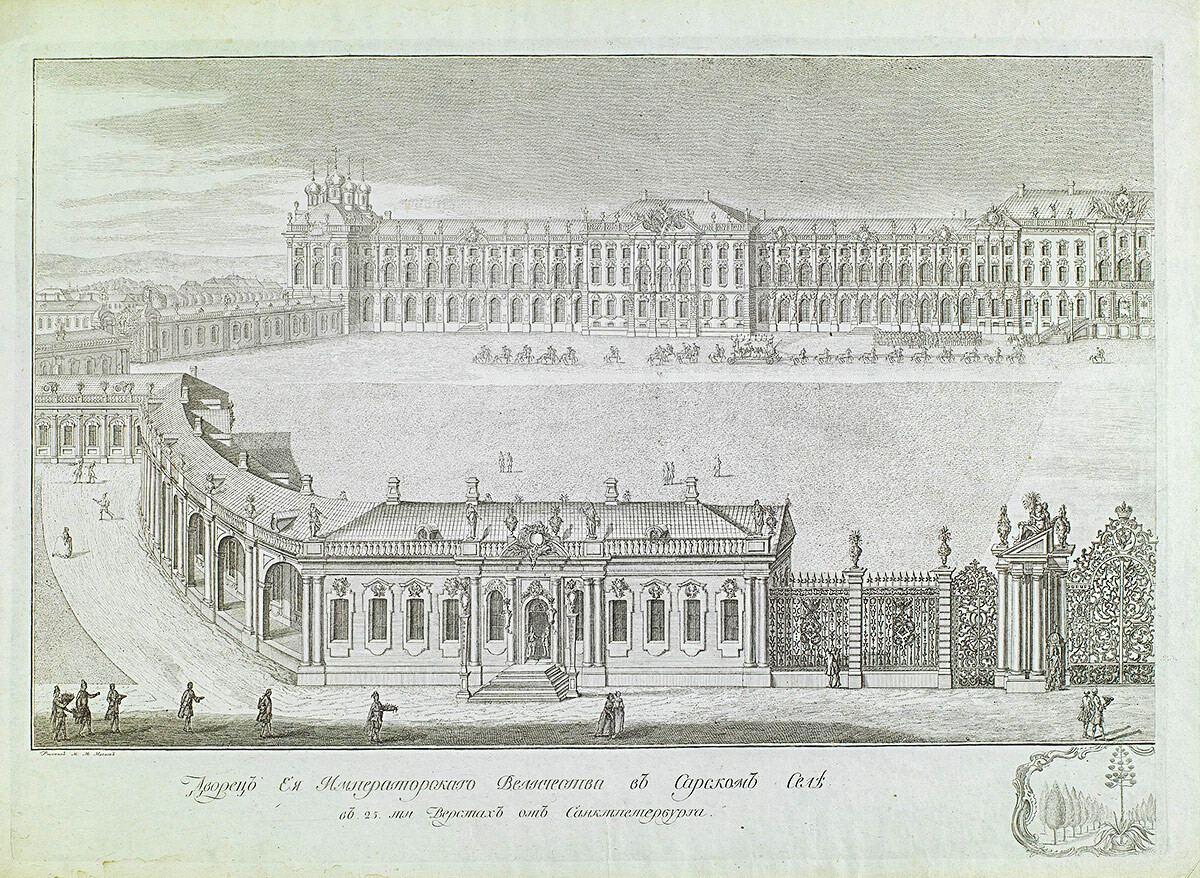
The Catherine Palace in Tsarskoye Selo
Metropolitan Museum of Art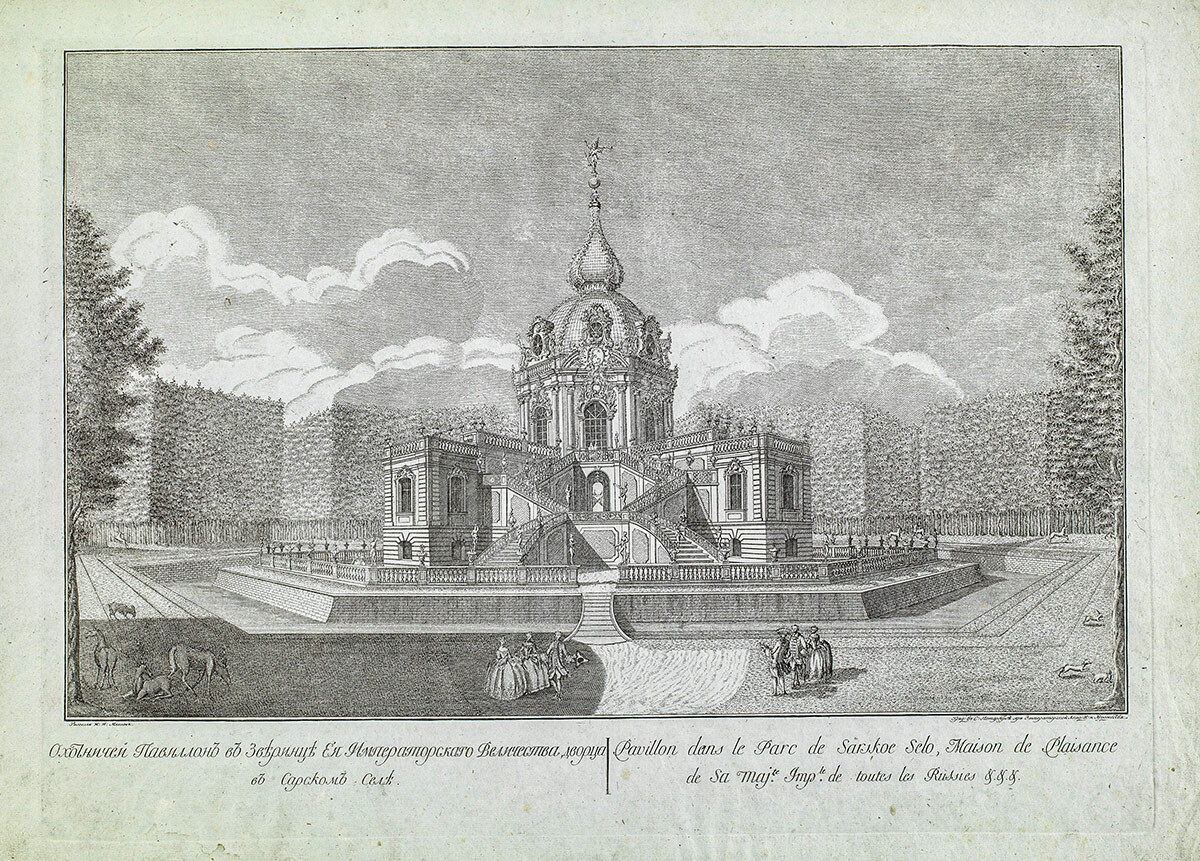
The hunting pavilion in Tsarskoye Selo
Metropolitan Museum of Art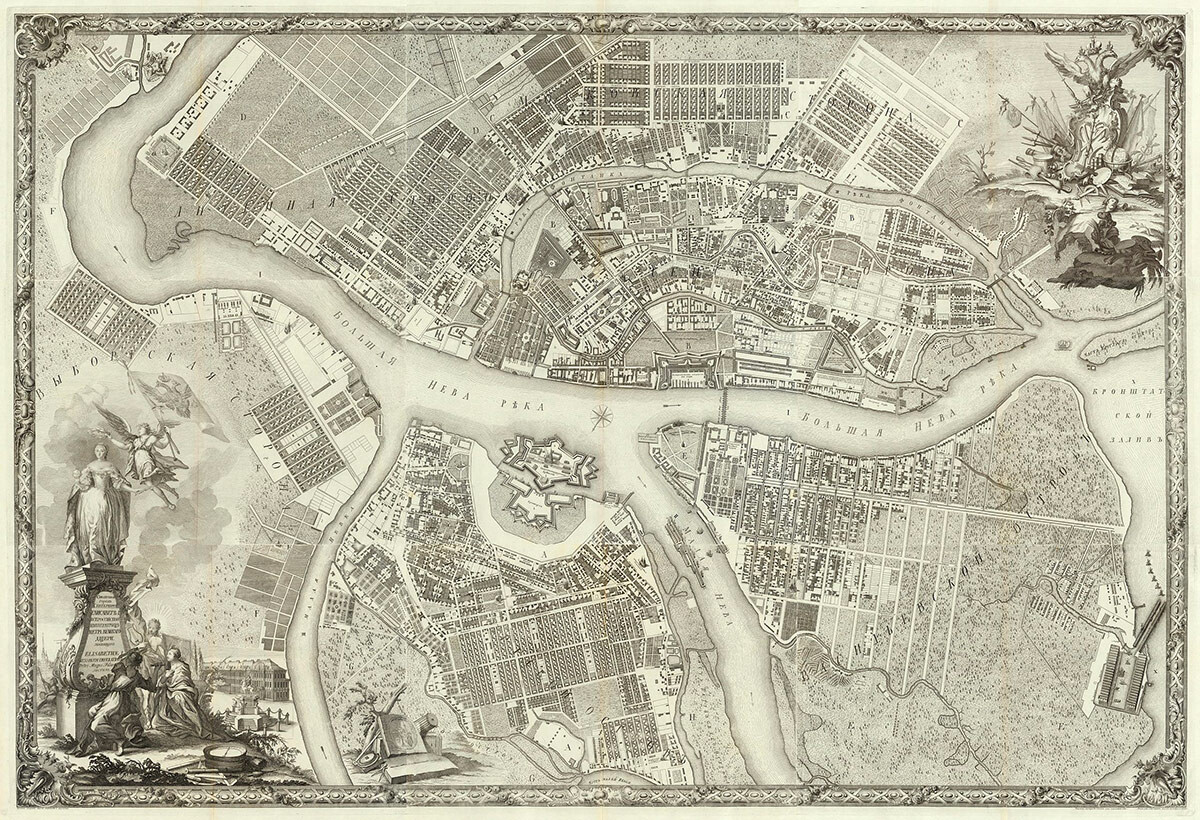
Engraving. The plan of St. Petersburg in 1753
Public domainMakhayev’s graphic works not only give the viewers an opportunity to see the architecture of the city, but also present a perspective “postcard” look - which was very innovative for his time and created a “presence” effect.
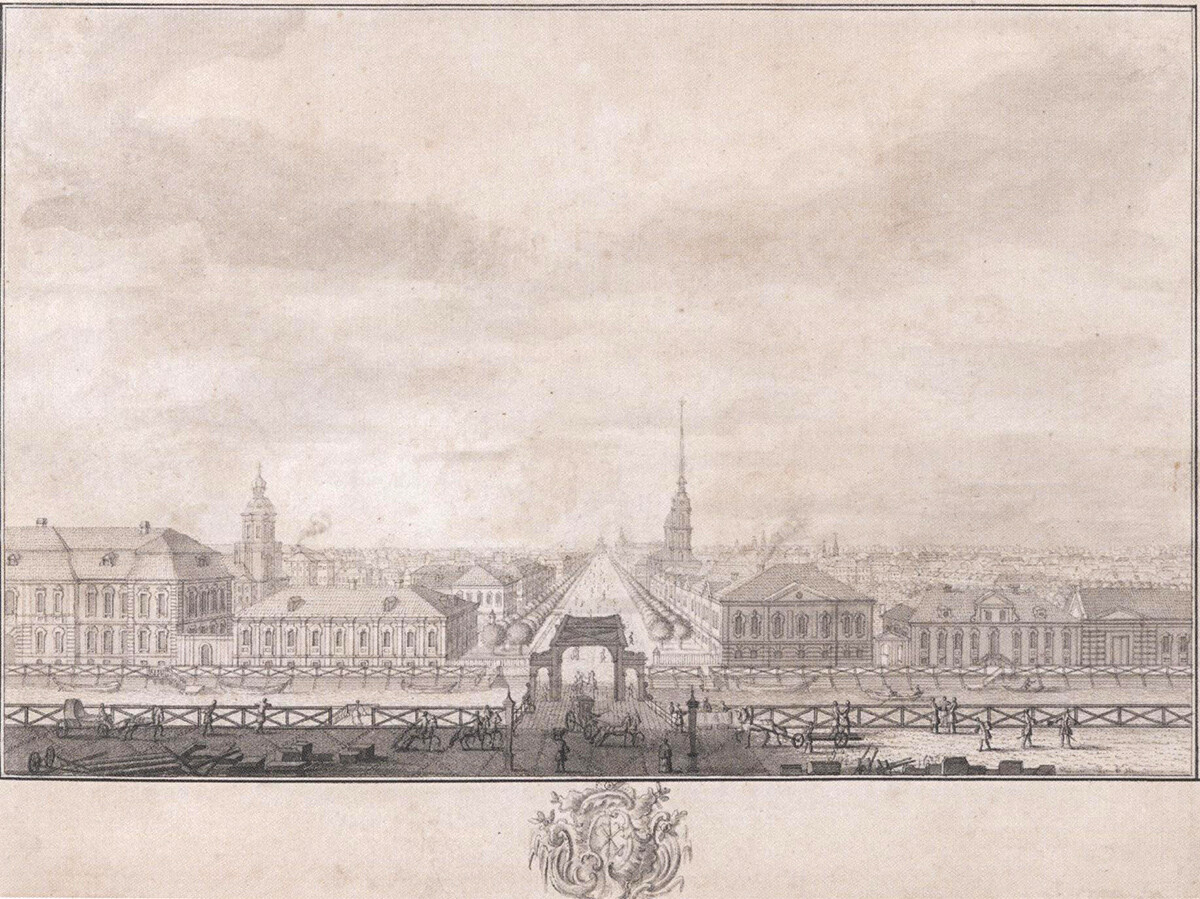
The view of the Nevsky prospekt from the Admiralty Triumphal Gates to the east.
The State Russian Museum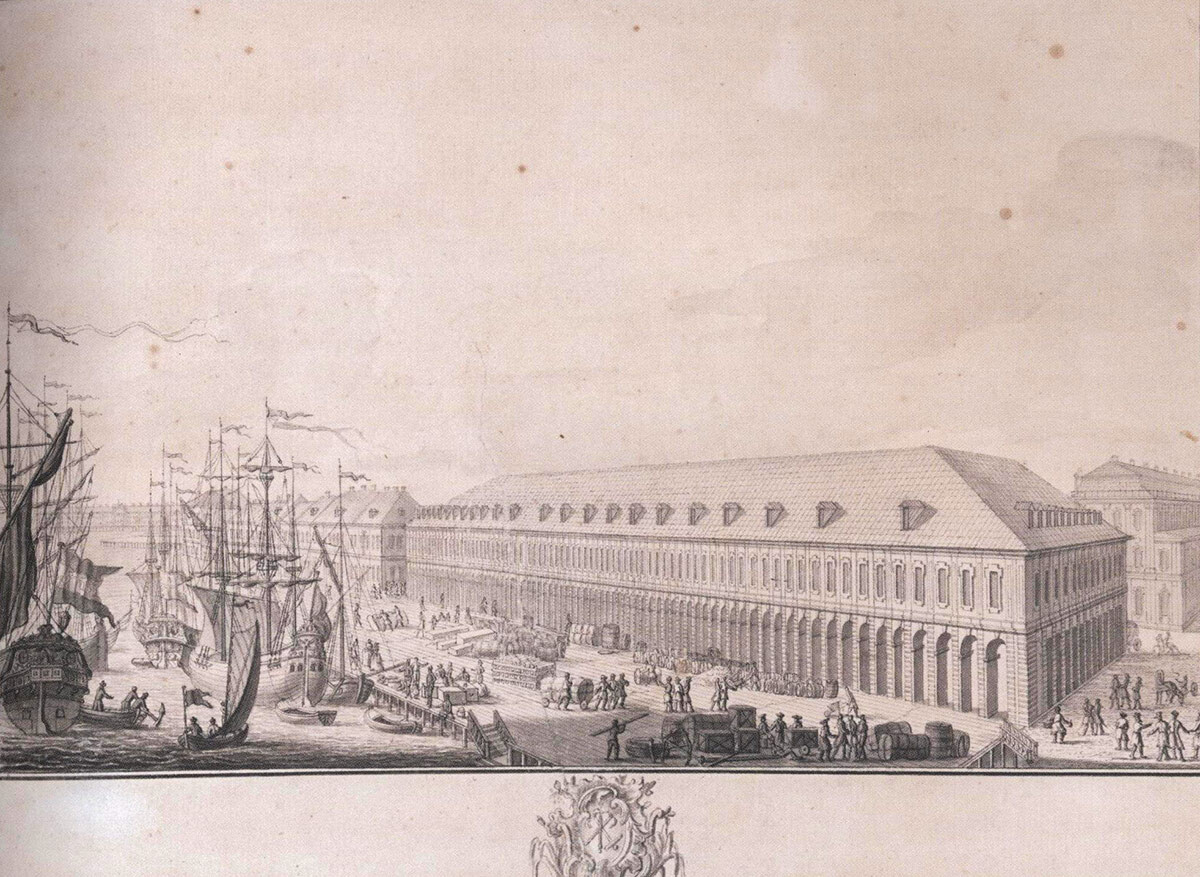
The view of the Exchange and Gostiny Dvor up the Malaya Neva
The State Russian MuseumThe drawings by Makhayev are not only remarkable on their own accord for their accuracy and picturesqueness, but also because they were used by other artists for large-scale engravings.
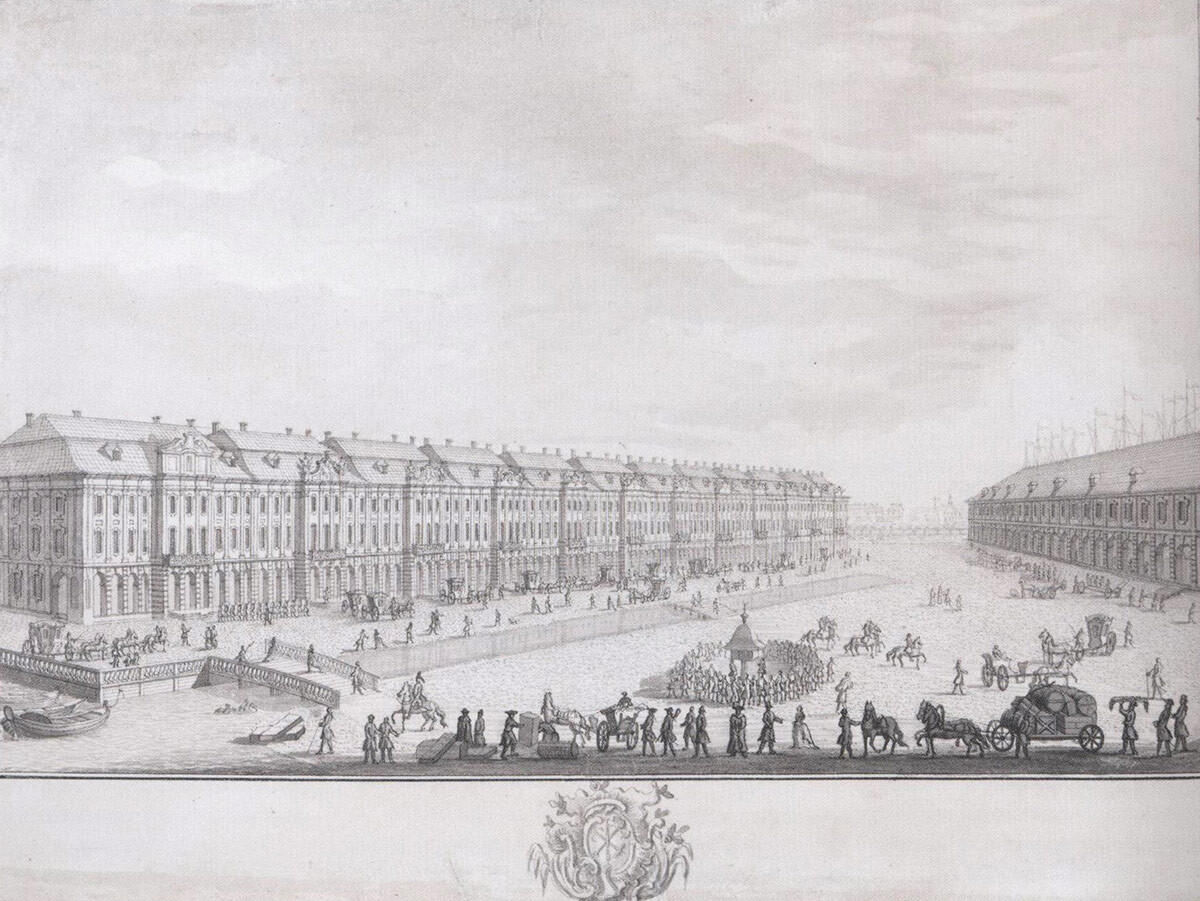
The view of state collegiums and the Exchange
The State Russian Museum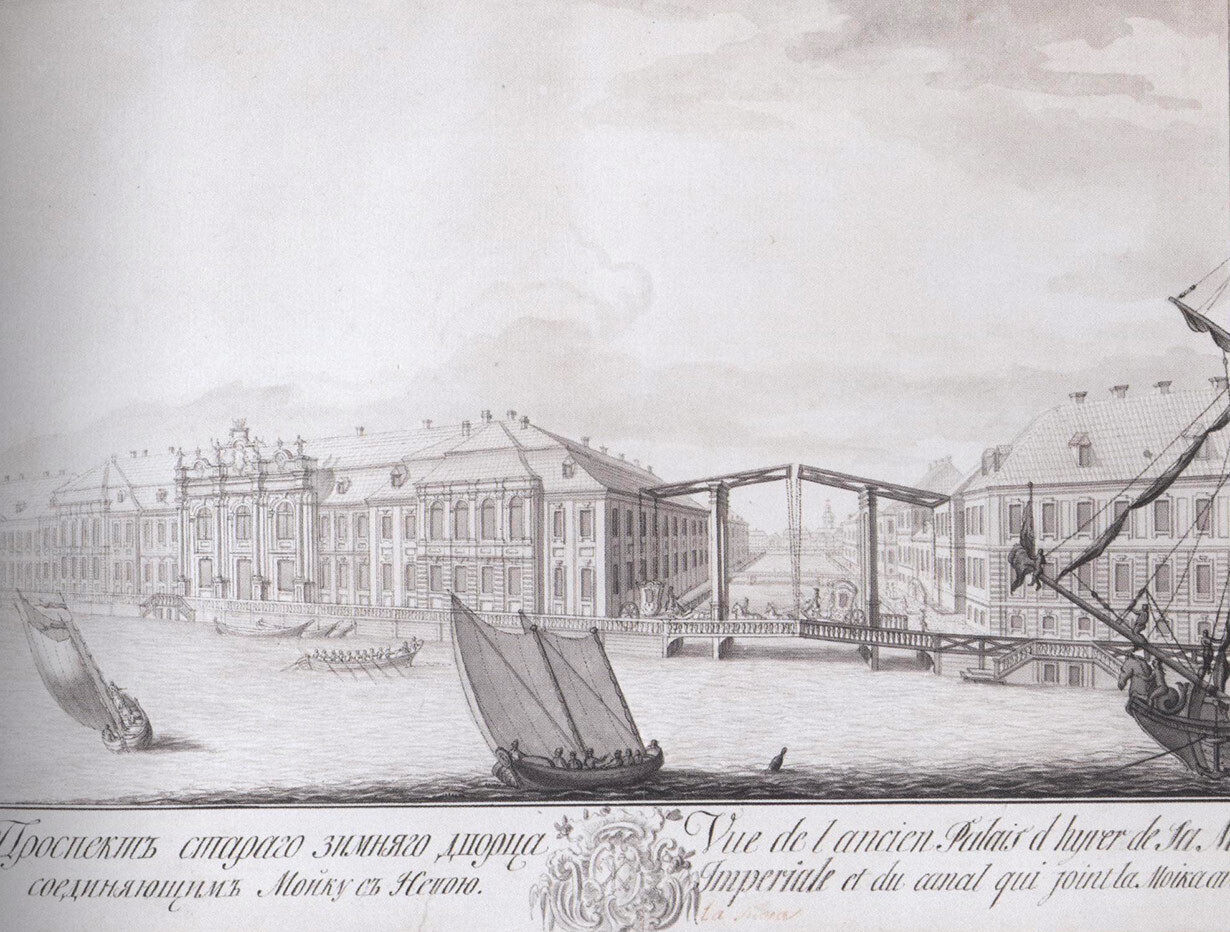
The view of the Winter Palace and canal
The State Russian MuseumToday, his works are exhibited in the State Russian Museum, the Hermitage, the Pushkin State Museum of Fine Arts and can even be found in the New York Met’s collection.
Dear readers,
Our website and social media accounts are under threat of being restricted or banned, due to the current circumstances. So, to keep up with our latest content, simply do the following:
If using any of Russia Beyond's content, partly or in full, always provide an active hyperlink to the original material.
Subscribe
to our newsletter!
Get the week's best stories straight to your inbox